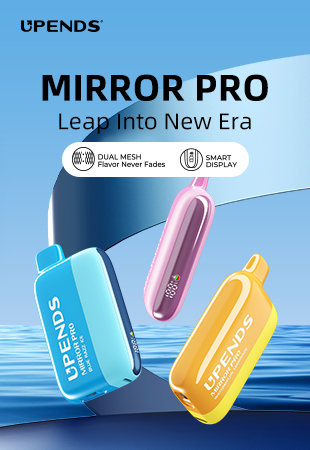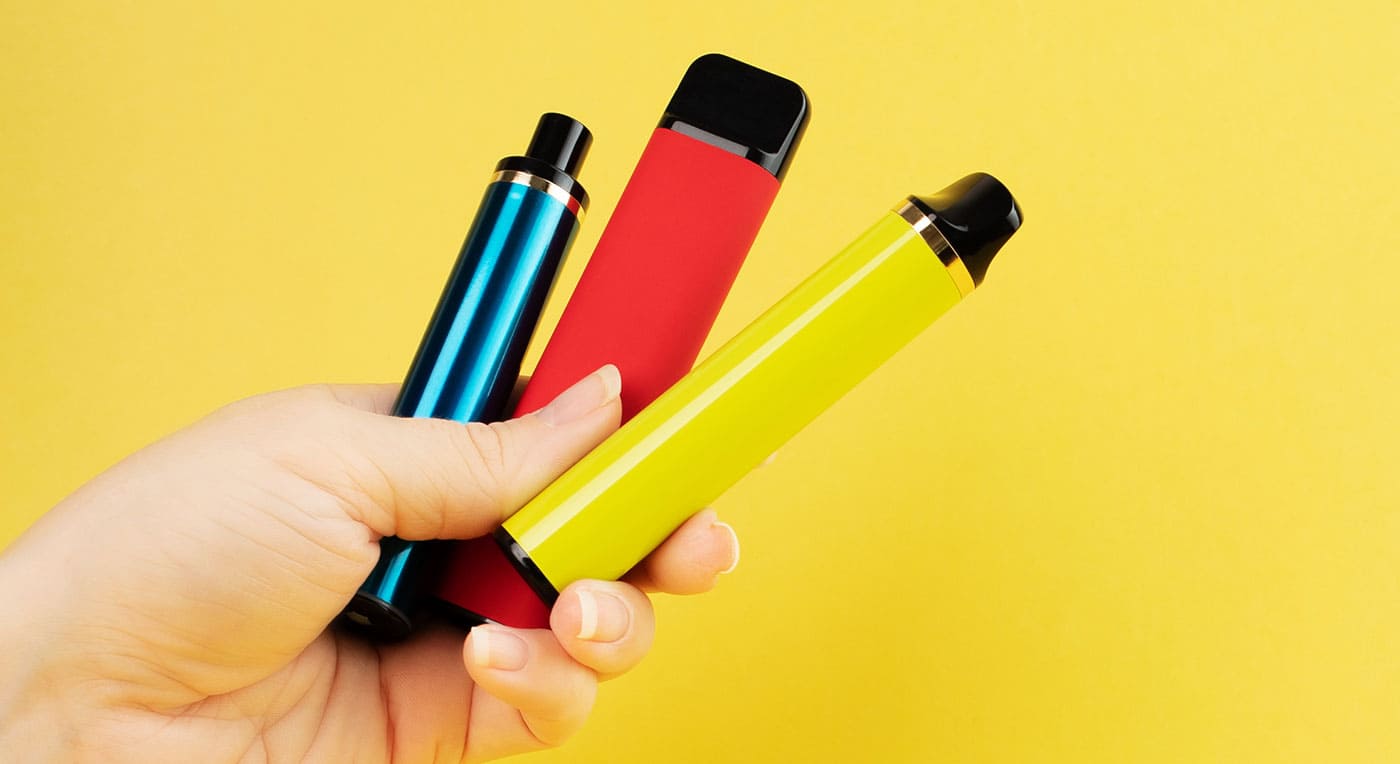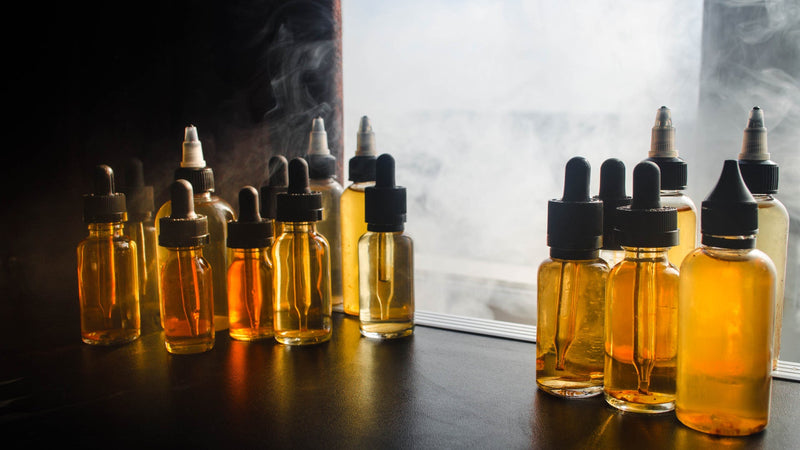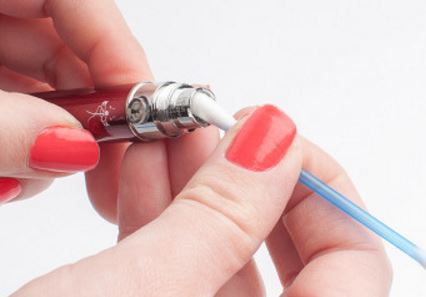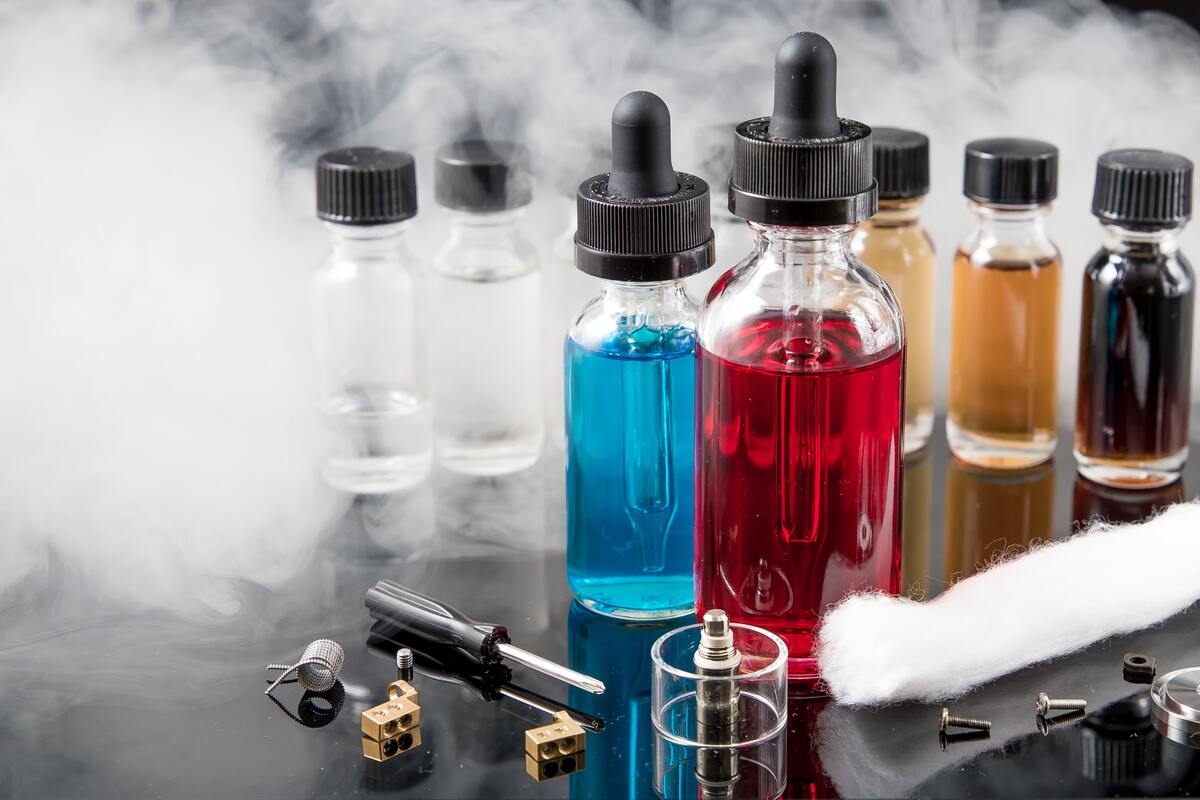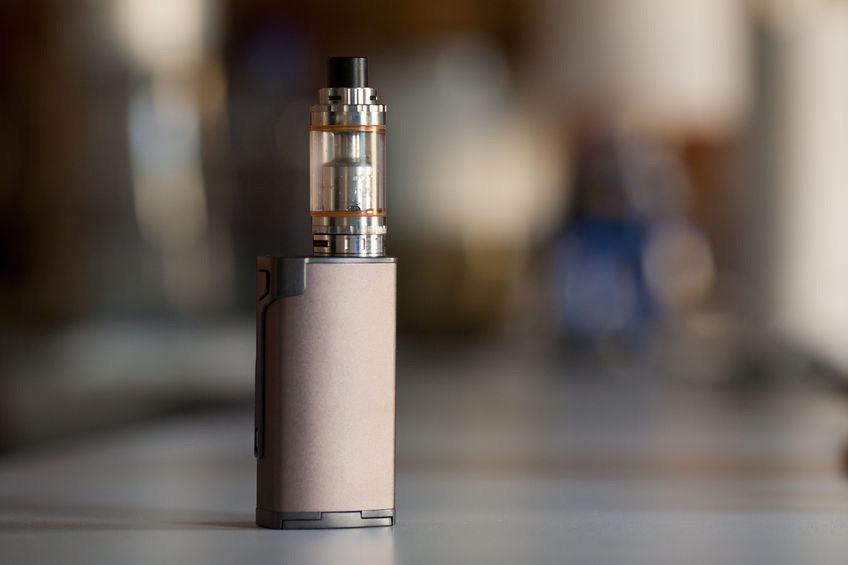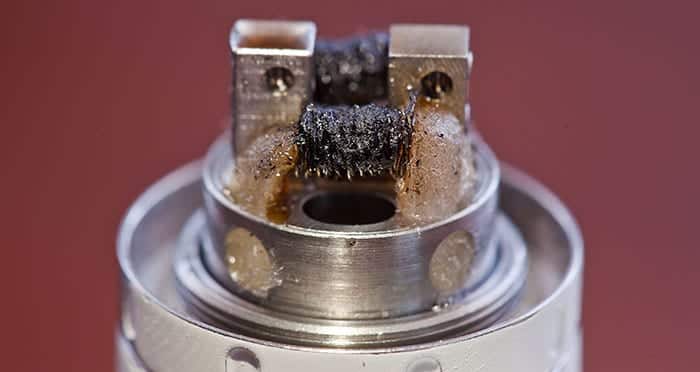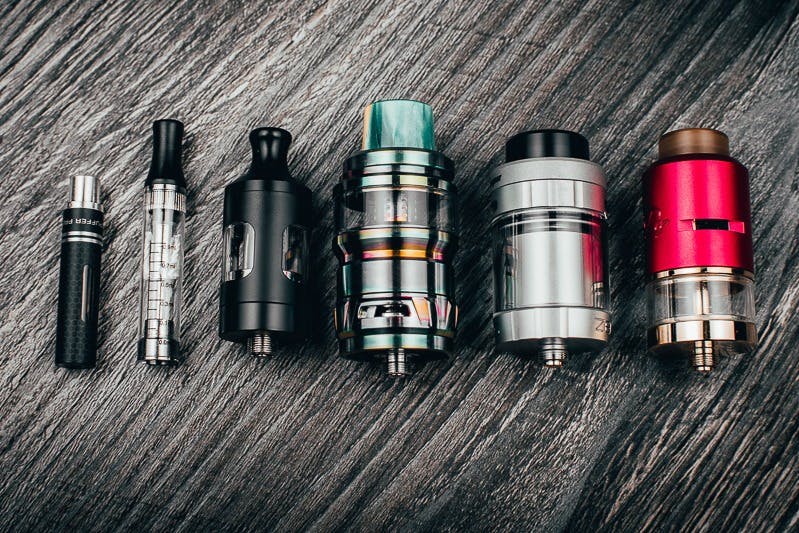In recent years, vaping has witnessed a myriad of innovations, one of which is the concept of water-based vaping. As we delve into this intriguing realm, it is imperative to scrutinize the nuances, risks, and potential benefits associated with this unique approach.

Is there a vape with just water?
Attempting to vaporize plain water using conventional vaping devices reveals itself as a futile endeavour fraught with peril. The vaping community has witnessed the emergence of AQ30, the lone commercially available water-based e-liquid. However, a cautious exploration is warranted, as AQ30, despite its 30% water content, shares a chemical makeup with traditional e-liquids, thereby retaining comparable health risks.
What type of smoker is water vape worth trying?

Vaping, a contentious topic in health discourse, is often positioned as a potentially safer alternative to smoking. Research, including a 2022 report from The Office for Health Improvements and Disparities, suggests that, in the short and medium term, vaping poses a fraction of the risks associated with smoking. However, a crucial caveat remains—the necessity for extensive studies delving into the long-term effects of vaping, spanning beyond the conventional 12-month timeframe.
Review Water vapes
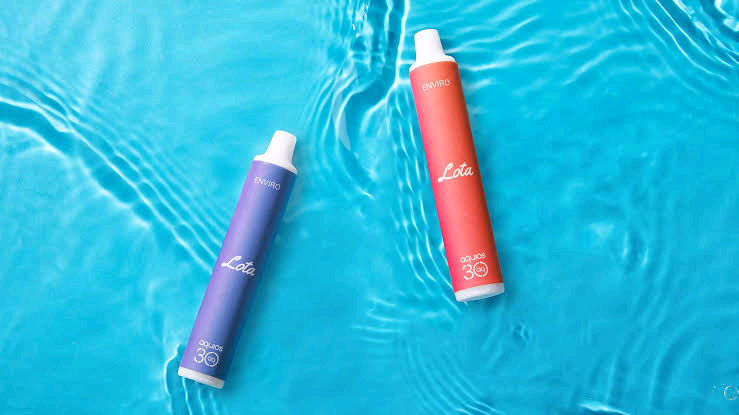
The hallmark of water-based e-liquids, exemplified by AQ30, lies in their purportedly diminished dehydrating impact in comparison to traditional e-liquids. While this characteristic may resonate positively with users, it is imperative to recognize that AQ30, akin to its conventional counterparts, harbours inherent risks and side effects. Notably, vaping any e-liquid, irrespective of nicotine content, may induce health concerns, as evidenced by studies highlighting impacts on blood flow and the toxicity associated with VG and PG mixtures.
As we navigate this intricate terrain, the need for vigilance cannot be overstated. Users are advised to exercise caution and remain attuned to their bodies, promptly seeking medical consultation if experiencing symptoms potentially linked to vape usage. The evolving nature of vaping, having gained prominence relatively recently, necessitates ongoing research to unravel the enigma of its long-term consequences comprehensively.
Understanding the Mechanics: How it Works
Before delving further, it is imperative to comprehend the mechanics of water-based vaping. The very essence of vaping involves the transformation of a liquid into vapour through the application of heat. Traditional e-liquids, predominantly composed of a blend of vegetable glycerin (VG) and propylene glycol (PG), undergo vaporization when the vaping device's coil is heated. However, water, when subjected to the same process, proves ineffective, manifesting as boiling water and steam, rendering it unsafe for inhalation.
AQ30, as the solitary contender in the water-based e-liquid arena, sidesteps these dangers by integrating a unique composition. While it maintains the fundamental elements of VG and PG, it introduces a novel element—water. Critically, devices compatible with AQ30 operate at lower temperatures than their traditional counterparts, ensuring the safe vaporization of the water-based e-liquid.
Safety Implications: Is Vaping Water Safe?
In almost all cases, the prospect of filling a vape device with plain water offers no discernible benefits and exposes users to several risks. The fundamental issue lies in the disparate vaporization temperatures of water and e-liquids. Water, with its lower evaporation threshold, transforms into boiling water and steam when subjected to the standard heating process of vaping devices.
Moreover, the potential for water to permeate and damage vape devices adds a layer of concern. The intricacies of the vaping landscape necessitate a nuanced understanding of the safety implications associated with different substances.
Vs. Smoking and Vaping Nicotine Juices: A Comparative Analysis

In the ongoing discourse surrounding vaping, a pivotal consideration lies in comparing water-based e-liquids, exemplified by AQ30, against their nicotine-laden counterparts. Research from 2018 posits that, in the short term, vaping presents a fraction of the risks associated with smoking. This sentiment is echoed in a 2018 review, which indicates that e-cigarettes potentially pose fewer risks to respiratory health than traditional smoking.
The differentiation between water-based e-liquids and conventional e-liquids primarily centres around hydration. The VG and PG mixture ubiquitous in e-liquids exert a dehydrating effect on the body. AQ30, with its 30% water composition and reduced VG and PG content, emerges as a potentially less dehydrating alternative.
Risks and Side Effects: Unveiling the Caveats
Even within the realm of supposedly safer alternatives, nuances abound. AQ30, while boasting reduced dehydrating potential, essentially mirrors traditional e-liquids concerning risks and side effects. The omnipresence of nicotine in e-liquids, a highly addictive substance with a myriad of associated health concerns, raises red flags.
A 2019 study spotlighted the adverse impact of nicotine-free e-liquids on blood flow in healthy nonsmokers, underscoring that nicotine is not the sole culprit in health-related concerns. Additionally, a 2018 study highlighted the toxicity of VG and PG mixtures at higher doses, further complicating the risk landscape associated with vaping.
When to Contact a Doctor: Navigating Potential Health Concerns
Amidst the allure of alternative vaping options, the importance of recognizing potential health concerns cannot be overstated. If individuals experience symptoms such as shortness of breath, headache, fever, coughing, or dizziness, among others, and harbour concerns about their vaping practices, seeking prompt medical attention is paramount.
The spectre of EVALI (e-cigarette or vaping use-associated lung injury) looms large in the vaping narrative. Research thus far has linked EVALI primarily with vitamin E acetate present in THC vapes, with potential connections to diacetyl, a common ingredient in vape flavourings. A comprehensive understanding of these risks is crucial for users to make informed choices about their vaping preferences.
The Road Ahead: Navigating Uncertainties and Research Gaps
In summary, the landscape of water-based vaping, epitomized by AQ30, presents users with a unique but complex terrain to navigate. While the allure of reduced dehydration potential may captivate users, it is paramount to recognize that water vapes do not eliminate the overarching risks intrinsic to vaping.
Current research endeavours are shedding light on the short- and medium-term effects of vaping, gradually contributing to a more nuanced understanding of its implications. However, the inherent challenge lies in the nascent nature of vaping's popularity, rendering the long-term effects elusive and necessitating sustained research efforts.
Conclusion:
As we draw the curtain on our comprehensive exploration of water vapes without nicotine, it is evident that this niche within the vaping spectrum warrants both fascination and caution. Users are implored to approach this innovative facet with discernment, recognizing the multifaceted landscape of risks and potential benefits.
In the pursuit of unique vaping experiences, one must remain cognizant of the evolving research landscape, staying informed about the health implications associated with different vaping practices. The road ahead is marked by uncertainties, and it is only through a collective commitment to research, education, and responsible usage that the vaping community can navigate this complex terrain with clarity and confidence.
FAQ
Q1: Can I vape plain water using standard vaping devices?
Attempting to vaporize plain water with traditional vaping devices is not recommended and can be dangerous. The standard devices are not designed for water vaporization, and the process can result in inhaling boiling water and steam.
Q2: What is AQ30, and how does it differ from regular e-liquids?
AQ30 is currently the only commercially available water-based e-liquid. While it contains 30% water, it shares similarities with traditional e-liquids, including the presence of vegetable glycerin (VG), propylene glycol (PG), and flavourings. The key distinction is the reduced dehydrating impact due to its water content.
Q3: Is vaping water safe?
Vaping plain water is not safe due to the lower evaporation temperature of water compared to e-liquids. It can lead to inhaling boiling water and poses potential risks. Water-based e-liquids like AQ30 are designed to address some safety concerns by operating at lower temperatures.
Q4: How does water-based vaping compare to smoking and vaping nicotine juices?
Research suggests that, in the short and medium term, vaping poses a fraction of the risks associated with smoking. Water-based e-liquids, like AQ30, offer potential advantages in terms of reduced dehydration compared to traditional e-liquids.
Q5: What are the risks and side effects associated with water-based vaping?
While water-based e-liquids, such as AQ30, may be less dehydrating, they still share common risks with traditional e-liquids. Nicotine, present in most e-liquids, is highly addictive. Studies have also highlighted potential health concerns associated with both nicotine and nicotine-free e-liquids.
Q6: When should I contact a doctor regarding my vaping practices?
If you experience symptoms such as shortness of breath, headache, fever, coughing, dizziness, or other health concerns related to vaping, it is advisable to seek prompt medical attention. These symptoms could be indicative of potential issues, including EVALI.
Q7: What is EVALI, and how is it associated with vaping?
EVALI represents an e-cigarette or vaping-related lung injury. Research has linked EVALI primarily with vitamin E acetate found in THC vapes, and there is also a potential association with diacetyl, an ingredient present in many vape flavourings.
Q8: What are the long-term effects of vaping, and is there ongoing research?
The long-term effects of vaping, given its relatively recent popularity, are not yet fully understood. Ongoing research is essential to comprehensively uncover the potential long-term implications of different vaping practices.
Q9: How should users approach water vapes without nicotine?
Users are encouraged to approach water vapes with caution, recognizing that they do not eliminate the inherent risks associated with vaping. Staying informed about evolving research, making informed choices, and seeking medical attention for any health concerns are integral to responsible vaping practices.
Q10: What is the collective call for the vaping community moving forward?
The vaping community is urged to navigate the complexities of water vapes and other vaping practices with a commitment to research, education, and responsible usage. In the face of uncertainties, staying informed and making choices based on the available evidence are crucial for a collective journey toward clarity and confidence.




